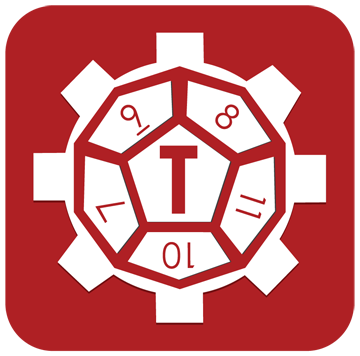November, 2012
Viewing posts from November, 2012
Recent Posts
Categories
Authors
Archive
2025
April (1),
February (1),
January (4)
2024
December (3),
November (3),
October (5),
September (4),
August (5),
July (2),
June (3),
May (2),
April (2),
March (1),
February (3),
January (5)
2023
December (4),
November (4),
October (2),
September (1),
August (1),
July (3),
June (2),
May (3),
April (6),
March (5),
February (5),
January (6)
2022
December (6),
November (6),
October (1),
September (2),
August (1),
July (2),
May (2),
April (4),
March (2),
February (1),
January (3)
2021
December (3),
November (6),
October (4),
September (4),
August (5),
July (4),
June (5),
May (5),
March (2),
January (2)
2020
November (2),
October (4),
September (1),
August (1),
July (3),
June (5),
May (4),
April (5),
March (4),
February (4),
January (8)
2019
December (4),
October (2),
September (1),
August (2),
July (2),
June (1),
May (1),
April (2),
January (3)
2018
December (1),
October (3),
September (4),
August (5),
July (6),
June (5),
May (6),
April (2),
March (1),
February (2),
January (2)
2017
December (1),
November (1),
October (3),
September (1),
August (2),
July (5),
June (5),
May (6),
April (5),
March (5),
February (3),
January (3)
2016
December (3),
November (3),
October (2),
September (3),
August (1),
July (2),
June (1),
May (1),
April (2),
March (4),
February (4),
January (4)
2015
December (3),
November (4),
October (8),
September (2),
August (4),
July (6),
June (5),
May (2),
April (3),
March (2),
February (1),
January (3)
2014
December (3),
November (2),
October (4),
September (2),
August (2),
July (6),
June (2),
May (4),
April (6),
March (6),
February (9),
January (6)
2013
December (3),
November (2),
October (2),
September (8),
August (4),
July (3),
June (4),
May (4),
April (5),
March (6),
February (3),
January (5)
2012
December (4),
November (7),
October (6),
September (2),
August (3),
July (3),
June (2),
May (1),
April (3),
March (2),
February (1),
January (2)
2011
November (2),
October (5),
September (4),
August (7),
July (3),
June (2),
May (1),
April (2),
February (2),
January (3)
2010
December (2),
November (4),
October (4),
September (4),
August (3),
July (4),
June (3),
May (1),
April (1),
January (6)
2009
December (1),
November (1),
October (1),
July (2),
June (1),
April (1),
March (1),
February (4),
January (5)
2008
December (4),
November (1),
October (1),
July (2),
April (2),
February (2),
January (1)
2007
October (1),
September (1),
August (1),
July (1),
June (1),
May (1),
April (1),
March (1),
Feeds
RSS /
Atom
 Tab Creations
Tab Creations
 Shadows Over Sol 2e: Stress & Panic
Shadows Over Sol 2e: Stress & Panic
 Helix Poster Maps are released!
Helix Poster Maps are released!
 Strange Bedfellows Player's Brief is released!
Strange Bedfellows Player's Brief is released!
 Strange Bedfellows is released!
Strange Bedfellows is released!
 Tab Update: First Quarter 2025
Tab Update: First Quarter 2025